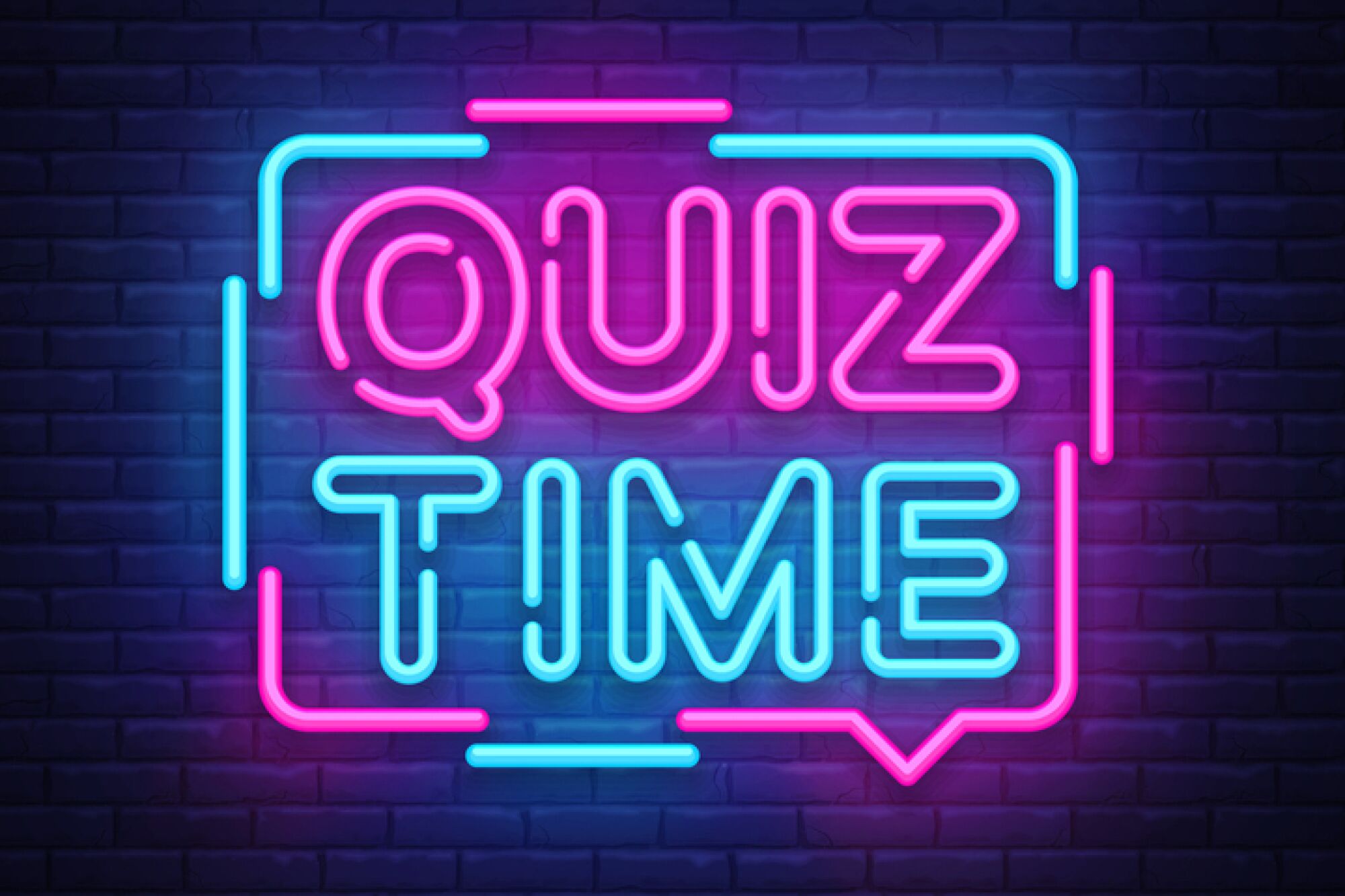AP CSP Tri 1 Final
This is a blog post about the multiple choice final on Collegeboard for trimester 1 of AP CSP

Questions
A lot of the questions consisted of those on collaboration and its benefits. It also asked questions about the Internet, such as protocols and data transmissions. There were also many questions that gave a block of code and asked for the result or an error in the code. A few problems even described programs and asked potential errors, inputs, outputs, and uses. Some questions asked about coding and data types, such as lists, strings, and variables. There were also some questions on binary numbers, algorithms, indexes, sequences, and results of code. Most of these questions were fairly straightforward, but some of them were misleading, and required a lot of thinking.
What I missed
I missed 7 questions. Most of these were due to silly mistakes. For example, the question asked to choose 2 answers but I only chose 1. I also missed 1 or 2 questions because I forgot some information about the Internet, protocols, and binary coding. Some problems that included code were also very confusing, often interchanging the values of variables constantly, and then asking for the output.
Question #13: This question showed a block of code that received a list of numbers as a parameter, and returned true if all the numbers were positive. I got this question wrong because I didn’t look at the code carefully. The code only returns false if all the numbers are negative or 0 because of the order of the if statements. I didn’t notice this and I chose the wrong answer.
Question #17: This question tested knowledge on internet protocols. It asked what the use of open protocols were on the Internet. I got this wrong because I didn’t study internet protocols and I forgot what they were and used for.
Question #19: This question tested knowledge on binary sequences. It asked if a 4-bit sequence could add the values 14 and 15 and assign a sum of 29. I did do the adding and binary correctly, and I figured out that a 4-bit sequence could hold the values 14 and 15. Because of this, I said that a 4-bit sequence could be used to perform this function. I didn’t think of the actual sum of 29. A 4-bit sequence couldn’t hold the value 29, but I didn’t think of this and I got the wrong answer.
Question #21: This question tested knowledge on binary and it’s uses. It asked whether binary could be used to represent strings of characters, colors, audio recordings. I didn’t know that binary sequences could be used to represent audio recordings, so I chose the wrong answer.
Question #35: This question gave blocks of code as answer choices and asked which ones performed a specfic function. If the value of a variable of was greater than 120, another variable would be valued as 30, while if the other variable was less than 120, than the variable would be valued as 50. I did get the right answer, but I didn’t see that the question asked for 2 answers. I got this wrong because I only chose one correct answer.
Question #37: This question gave blocks of code as answer choices and asked which one interchanged the values of two different variables. I chose the wrong code because a temporary variable is needed to interchange the values, but I forgot about this fact.
Question #39: This question asked which answer choice was a valid index for the list. I chose -1, because I thought that negative indexes existed. It turns out that list indices are generally nonnegative integers.
What I can do better
Next time, I will make sure to read the problem carefully, and figure out exactly what it is asking. I can also look at the block of code, if given, more carefully, and comprehend what it is doing. I also have to remember to study some of the AP CSP materials, mainly those about the Internet, including protocols, and binary coding. I also have to study data trannsmissions and algorithms.
Results
Here is a screenshot of the results of my Trimester 1 Final on Collegeboard.
